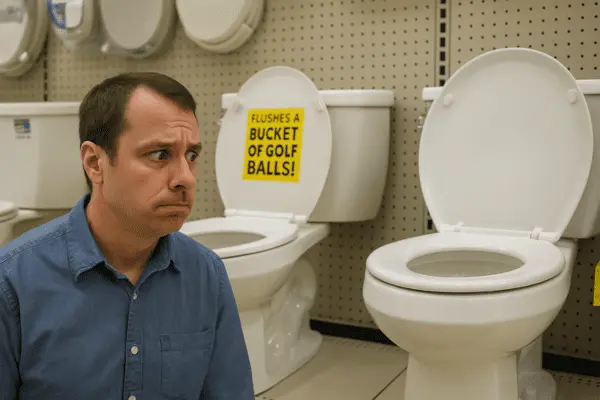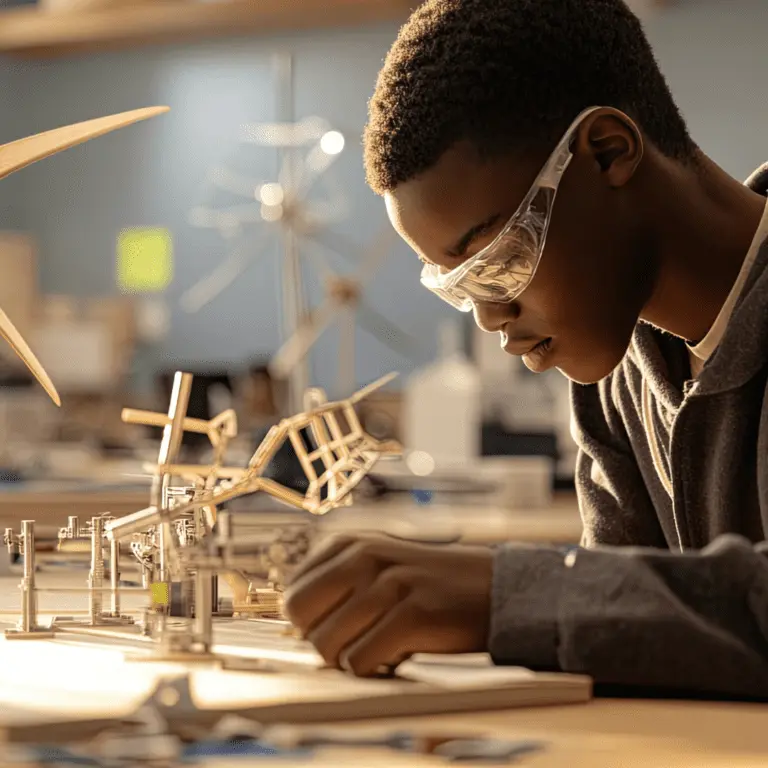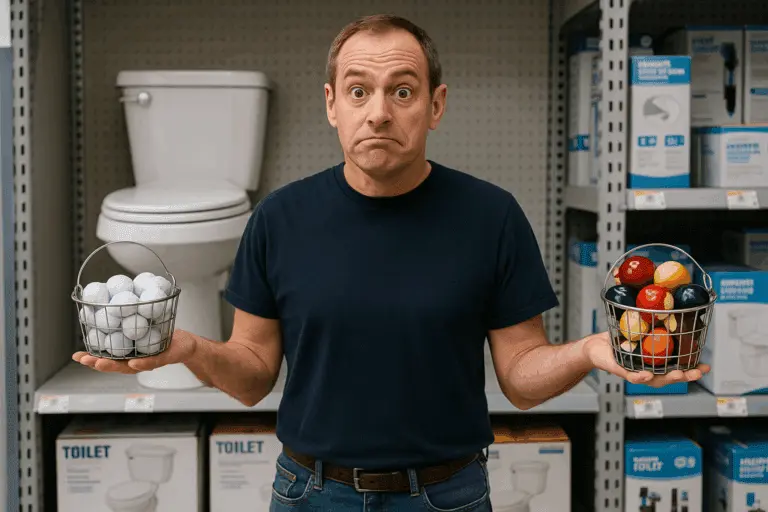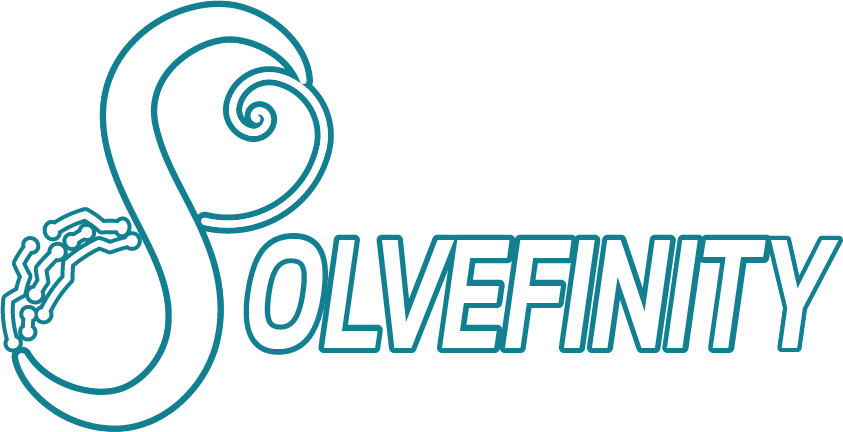
“Real math is messy. It’s full of false starts, missing information, estimation, compromise, and reasoning.”
The Toilet that Started It All permalink
A while back, I saw an Instagram video that made me laugh—and made me think.
A man is standing in the plumbing aisle of a hardware store, staring at two different toilet models. One claims it can flush a bucket of golf balls. Another boasts it can flush seven billiard balls. He looks at the camera, baffled, and says:
“So… what’s better? A bucket of golf balls or seven billiard balls? How am I supposed to figure that out?”
It’s funny at first. But the more I thought about it, the more I realized this is exactly the kind of uncertain, open-ended problem we almost never give students in math class.
Embrace the Mess permalink
In school, math problems are often perfectly structured, with one clear solution path and all the information laid out. We teach students to identify the type of problem, recall the steps, and execute them quickly. And when they don’t get it right away, we worry. We reteach. We slow down.
But real math doesn’t work like that.
Real math is messy. It’s full of false starts, missing information, estimation, compromise, and reasoning. It requires flexibility, curiosity, and the confidence to wrestle with ambiguity. Yet for too many students, math class becomes a race toward speed and precision—two things computers can already do better than us.
If we don’t rethink what it means to be “good at math,” we risk preparing students for a past that no longer exists.
This wasn’t a new realization for me. I’ve spent years reflecting on the disconnect between the way math is taught and the way math actually works in the world. What that Instagram video gave me was a funny, tangible way to explain it—a clear picture of the kind of uncertainty and modeling we rarely invite into the classroom.
Around the same time, I was taking a professional learning course on social-emotional learning (SEL) for recertification. That’s when I was introduced to design thinking—and again, it didn’t feel brand-new. It felt like language for the kind of teaching I’d been working toward all along.
Design Thinking permalink
Design thinking emphasizes:
- Identifying real problems
- Testing and refining ideas
- Designing with empathy and adaptability
It’s exactly how students should engage with math. It’s how we should be designing lessons, resources, and educational technology.

Blending Math, Technology, and Design Thinking permalink
Solvefinity was born out of that question. It’s where my years of math coaching, curriculum work, and passion for inclusive education intersect with my growing interest in data science, AI, and design.
I want to build tools that:
- Help students explore math dynamically—with interactive models, simulations, and visual supports
- Provide adaptive scaffolding that supports thinking (not shortcuts to answers)
- Empower teachers to differentiate in real time without overwhelming prep
I’m teaching myself Python. I’m learning how AI systems give feedback. I’m experimenting with platforms like OATutor. I’m not an expert—yet—but I’m deeply motivated to design tools that reflect how learning really happens.

Coming Soon : The Toilet Lesson permalink
That Instagram video sparked a lesson idea. What data would we need to decide which toilet is “better”? What assumptions are we making? What matters more—volume, force, shape?
Yes, I even found a video where someone tests golf balls, billiard balls, and even flushes a rotisserie chicken! I’ll share a full lesson plan on the Resources page soon. Be sure to subscribe below to be notified.
